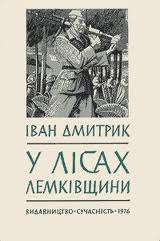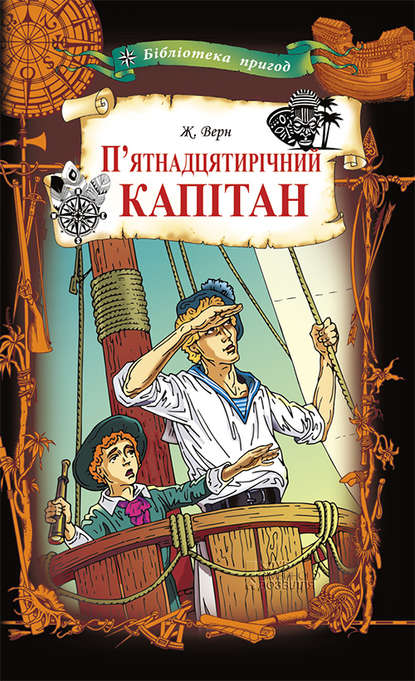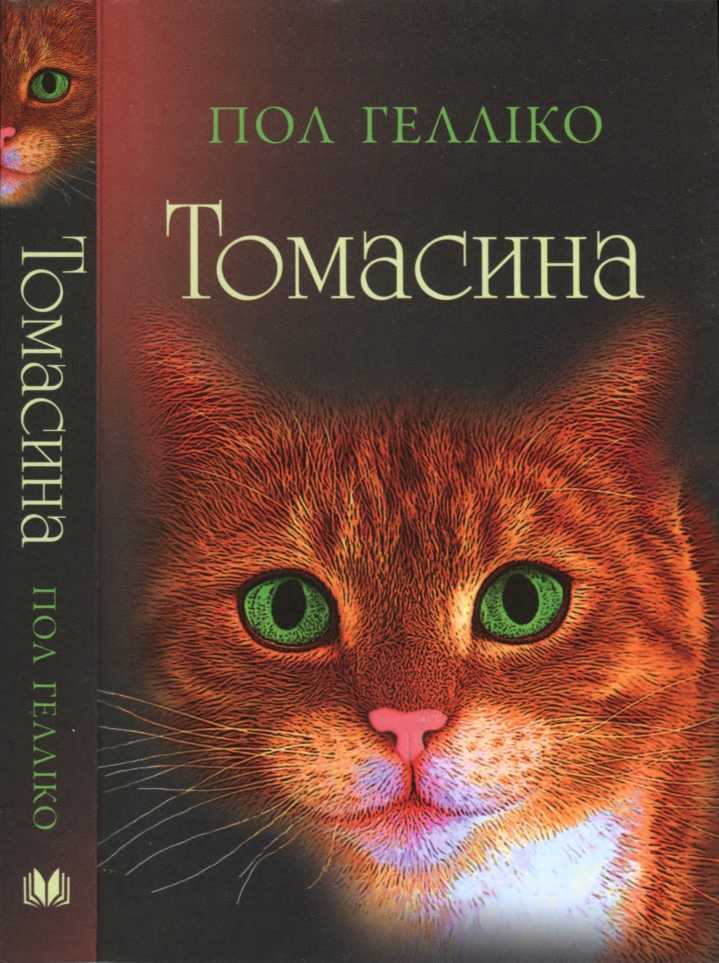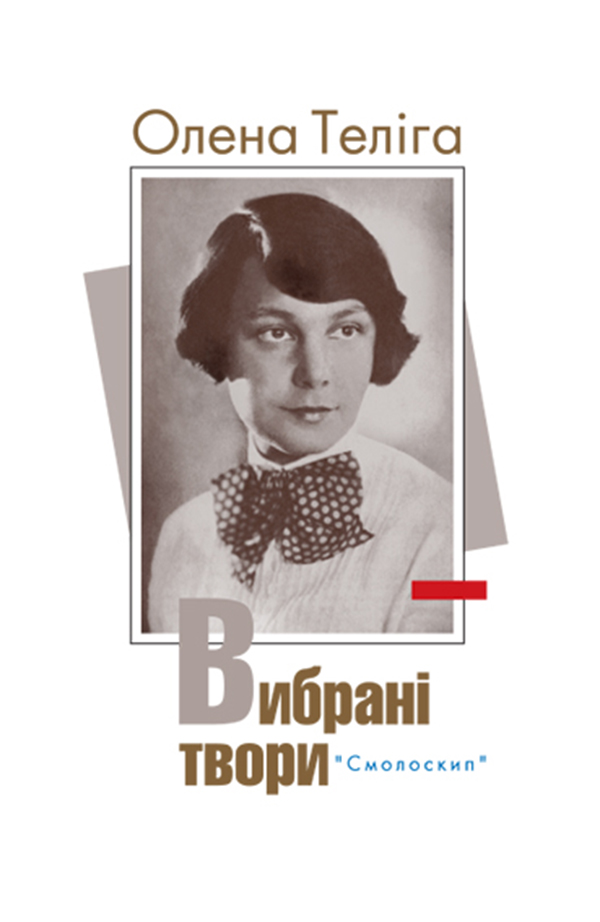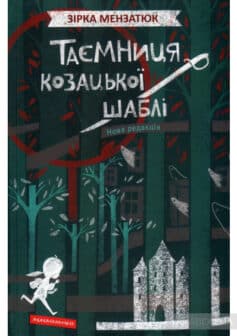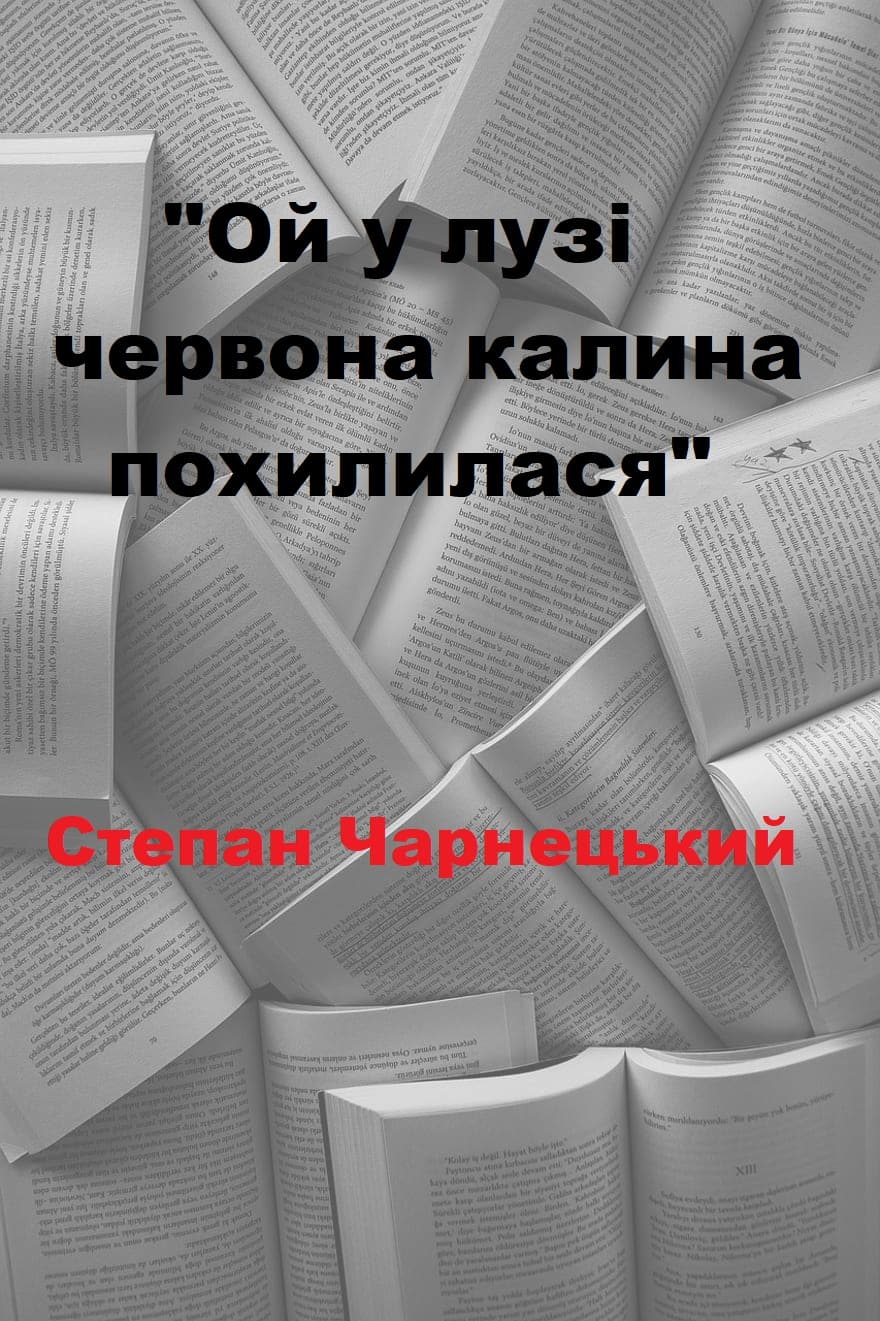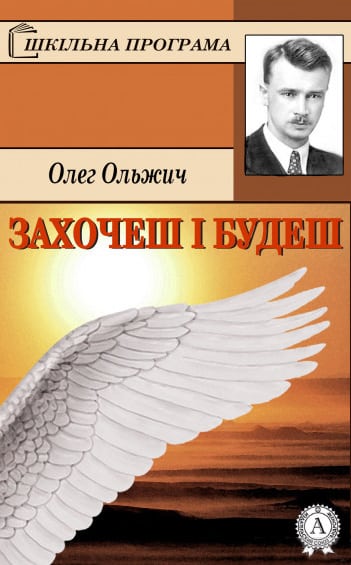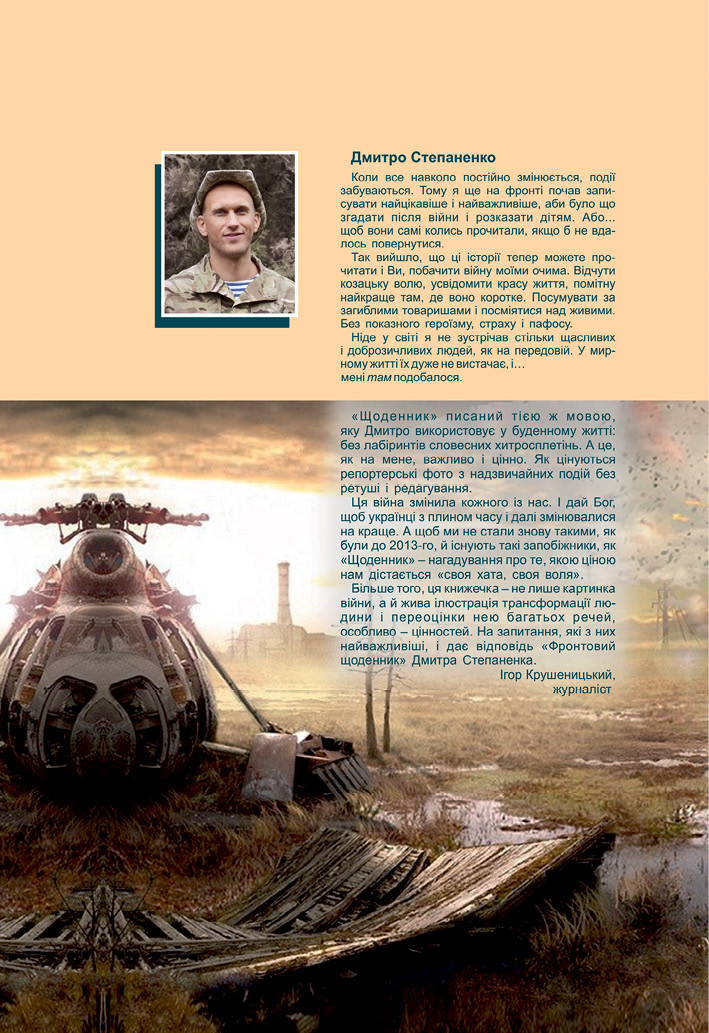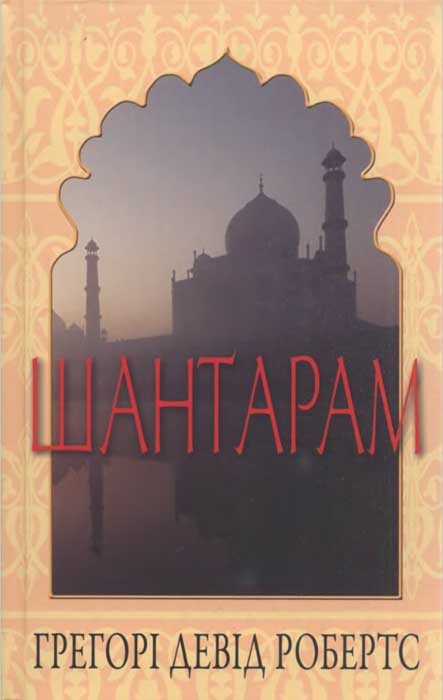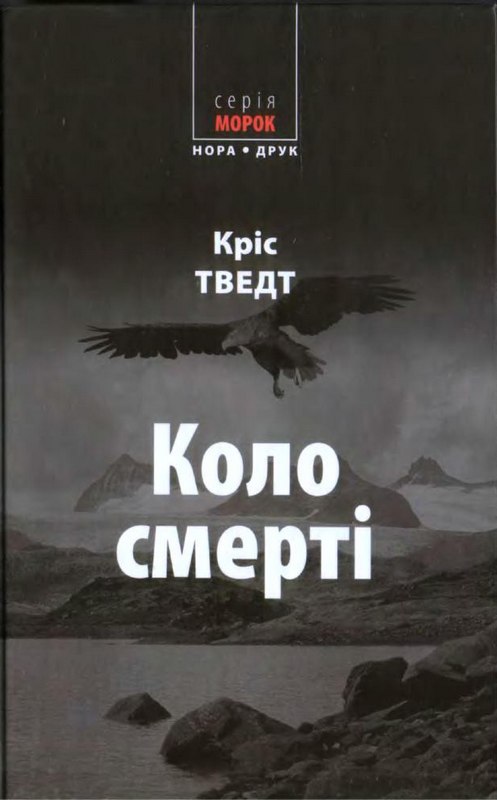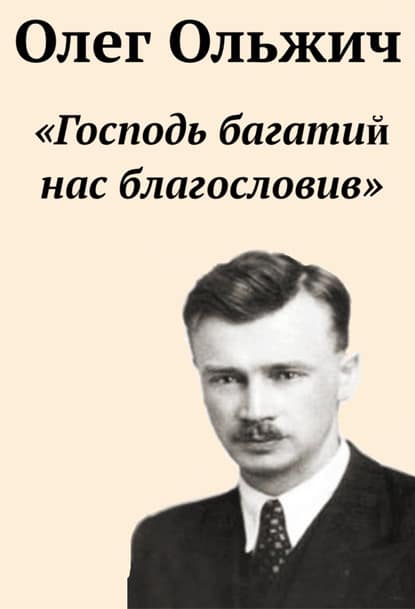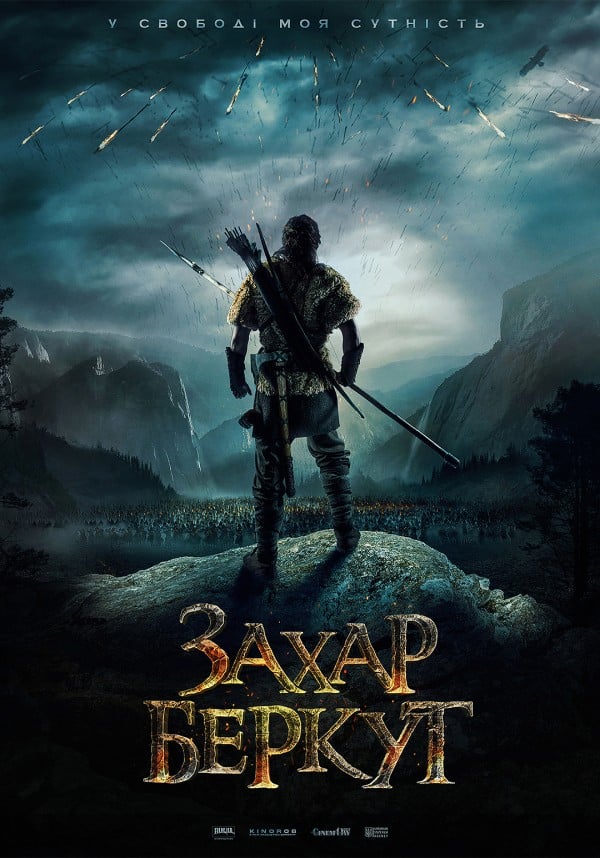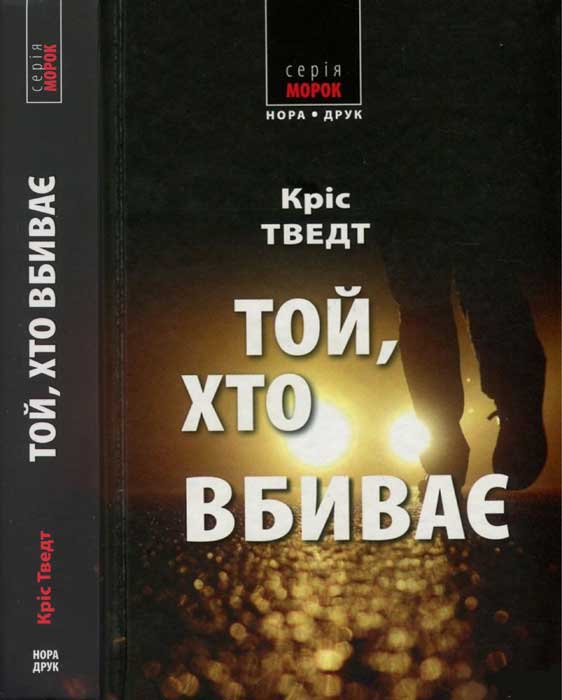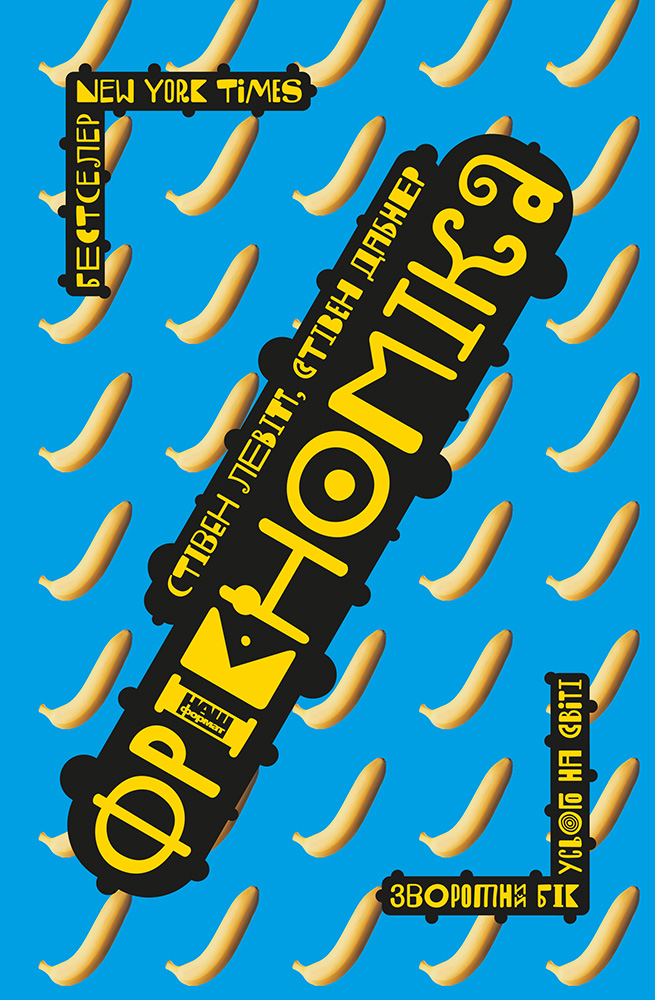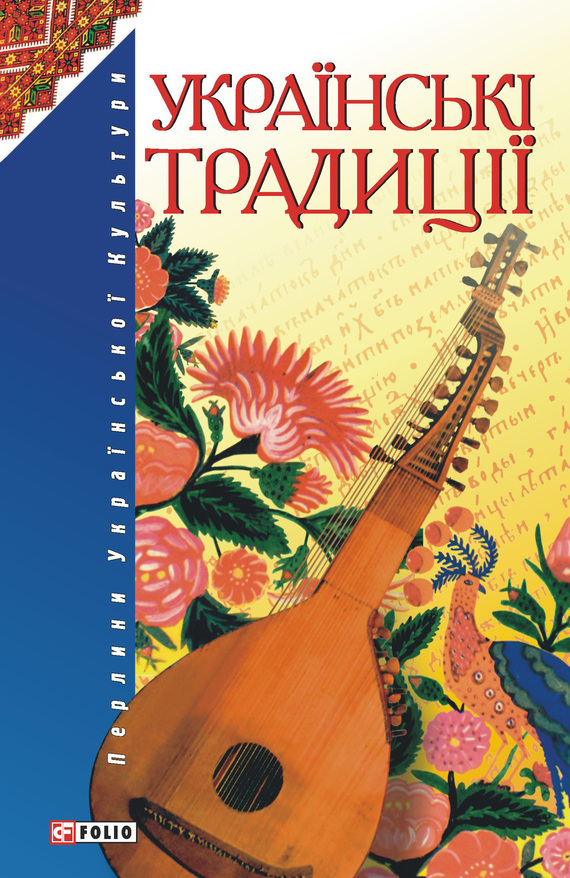Читати книгу - "Genghis Khan and the Making of the Modern World"
Шрифт:
Інтервал:
Добавити в закладку:
The Mongols showed their traditional ability to improvise and use whatever material presented itself as a possible weapon. The largest objects in the vicinity were the tall date palm trees that the Arabs had cultivated and nourished for centuries. The Mongols chopped them down, and turned the trunks into lethal missiles that they fired at the city. Lacking sufficient wood to encircle the large city of Baghdad as the Mongols had done with the cities of Russia, Hulegu nevertheless surrounded the city with a deep ditch and a rampart and began the assault with a terrifying bombardment of the city. The Arabs knew of the use of flamethrowers in combat, but until this point had not encountered the military power of gunpowder.
The Mongols had changed the formula of gunpowder to provide enough oxygen to make it ignite in one rapid blast rather than in the traditional slow burn of the firelance or of rockets. Such instantaneous burning produced an explosion rather than a fire, and the Mongols harnessed these explosions to hurl a variety of projectiles. Craftsmen made some of the tubes small enough that a single man could operate them and thus fire out arrowheads or other metal projectiles. The explosion in these tubes required a stronger material than bamboo; so they were made with iron tubes. The Mongols attached the smaller tubes to a wooden handle for ease of handling, and they mounted the larger ones on wheels for ease of mobility. Larger tubes fired ceramic or metal cases filled with shrapnel or more gunpowder that produced a secondary explosion upon impact. In their assault, the Mongols combined all of these forms of bombardment in an assortment of smoke bombs, proto-grenades, simple forms of mortars, and incendiary rockets. They had developed explosive devices able to hurl projectiles with such force that they may as well have been using real cannons; they managed to concentrate their fire on one area of the city defenses and hammer it down.
The bombardment from such a distance confused and frightened the residents of Baghdad and frustrated its defenders, who had never before been attacked by an enemy too far away to be reached by their weapons. In addition to the gunpowder weapons, Mongol engineers had nearly perfected the use of planted explosives to undermine walls. All of these military innovations complied with the strong Mongol preference to stay as far from the actual fighting and killing as possible. Hulegu destroyed the dams and diverted the Tigris to flood the camp of the Caliph’s army and make them take refuge in the city. The wall of water surrounding the city must have had a similar psychological impact on the people of Baghdad as the wooden wall had produced on the people of the Russian cities. On February 5, 1258, the Mongol forces broke through the walls of Baghdad, and after five days, the Caliph capitulated. To prepare the city for looting, Hulegu ordered the people of Baghdad to surrender their weapons, leave all their goods, and march out of the city. Rather than comply with the order, the defending army bolted and tried to escape, but the Mongols gave chase and cut them down.
Hulegu sent his Christian troops into the city to collect the loot, but they found many people had refused the order to evacuate and were still hiding in their homes. For disobeying the order, the invaders killed them. By Mongol order, the churches and Christian property in the city remained secure from plunder, and Hulegu presented one of the Caliph’s palaces to the Catholikos Makikha. The Christians inside Baghdad joined their fellow believers to loot the city and slaughter the Muslims, from whom they felt their salvation had finally come. Centuries of hatred and anger spilled out as they defiled and destroyed mosques, and turned many of them into churches. The Christians celebrated joyously throughout the Abbasid lands and beyond. An Armenian chronicler described the exulting joy: “Five hundred and fifteen years have passed since the founding of the city,” he wrote. “Throughout its supremacy, like an insatiable leech it [Baghdad] had swallowed up the entire world. Now it restored all that had been taken.” Now Baghdad “was punished for the blood it had shed and the evil it had done; the measure of its iniquity was full.” The looting lasted seventeen days. During this time, the invaders, accidentally or deliberately, set the city afire.
Hulegu allowed the Christians to destroy the tombs of the long line of Abbasid Caliphs, and then Hulegu summoned the captive Caliph to his camp outside the city. According to the Armenian chronicler Grigor of Akanc, Hulegu locked up the Caliph for three days without food or water, then brought him out and heaped up his gold and treasure before him. Pointing to the massive piles of wealth looted from the city, Hulegu reportedly ordered the Caliph to eat the gold, and when he could not scolded him for so greedily accumulating wealth instead of building an army to defend himself. He then sentenced the Caliph and his male heirs to death, but as a final gesture of respect for the high status of the condemned, he allowed them the honor of being executed in the Mongol way—without bloodshed. According to the differing but similar accounts, they were either wrapped in carpets or else sewn into sacks and kicked to death by the Mongol warriors or trampled by their horses.
The Mongol army had accomplished in a mere two years what the European Crusaders from the West and the Seljuk Turks from the East had failed to do in two centuries of sustained effort. They had conquered the heart of the Arab world. No other non-Muslim troops would conquer Baghdad or Iraq again until the arrival of the American and British forces in 2003.
While the Mongols defeated the Arabs, the Crusaders, who at this time occupied a series
!Увага!
Сайт зберігає кукі вашого браузера. Ви зможете в будь-який момент зробити закладку та продовжити читання книги «Genghis Khan and the Making of the Modern World», після закриття браузера.
